If you’re trying to keep your cholesterol levels down or lose weight, you may think you should try a low-fat diet.
But, with this route, you might just do yourself more harm than good.
See, there are a few different variations of products with low amounts of fat. You’ll find terms like “fat-free,” “light,” “reduced-fat,” and “low-fat,” tossed around a lot.
So what do those terms really mean? And what is the real trouble with a fat-free diet?
Why Fat-Free is a Problem
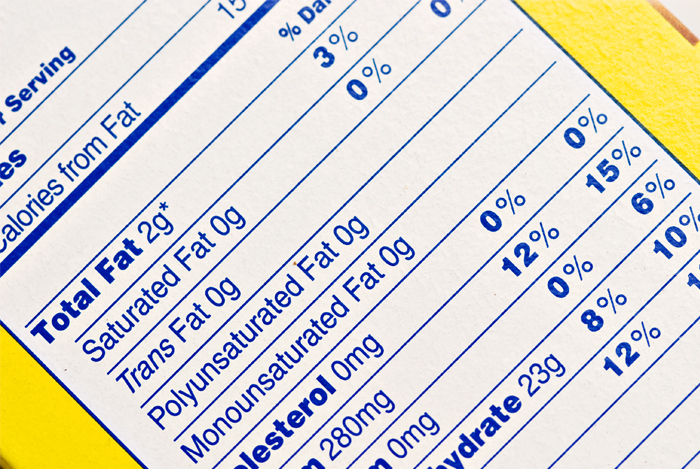
First, let’s define our terms:
- “Fat-free” foods have less than 0.5 grams of fat per serving.
- “Low-fat” foods have 3 grams of fat or less per serving.
- “Reduced-fat” foods have at least 25 percent less fat than regular versions of foods.
- “Light” foods have up to 50 percent less fat than regular foods.
When you hear this, you probably think: What’s the problem?
And sure, if less fat meant more nutrition, all of these products might be a fantastic alternative. But that’s not always – and is in fact rarely – the case.
Fat-free also means taste-free most of the time. In order to make their foods edible, food companies like to dump other ingredients like sugar, flour, salt, and others to enhance the flavor.
What this really does is add calories. And when the food isn’t as satisfying to the taste buds, you might eat more of them to get that satisfaction.
“Fat is flavor,” says nutritionist Keri Glassman, author of The New You and Improved Diet. “When you take it out, you need to add something else.”
Seeing the problem, yet?
Researchers from the Cornell University Food and Brand Lab found that people who ate low-fat foods ate about 28 percent more calories. They also discovered that these same people believed that their low-fat foods contained about 40 percent fewer calories than their regular versions, which led them to eat nearly twice as much.
People have no idea what they’re doing to themselves when they buy and eat large amounts of these low-fat foods. To help enlighten you, here are the 9 worst low-fat foods you should avoid.
The Worst Low-Fat Foods for Your Health
1. Flavored Coffee Beverages
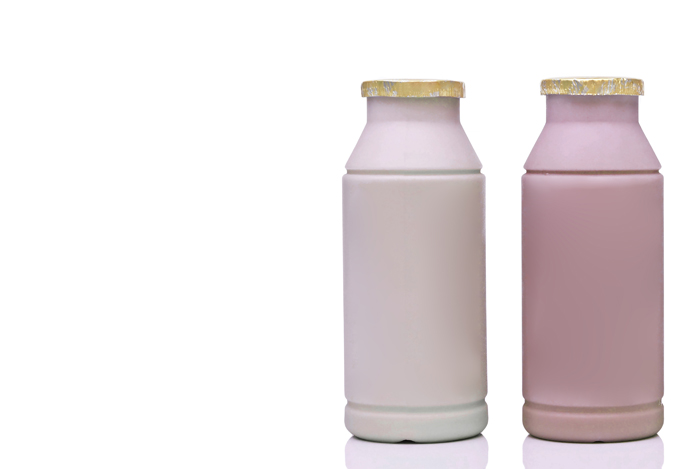
For decades, nutritionists have debated over the health benefits of coffee. And now, they’ve mostly concluded that it’s actually very healthy for you.
But when you start adding in the high sugar content and flavorings in low-fat coffee drinks, you can suffer some serious health effects. A nonfat mocha drink has 2 grams of fat but a crazy-high 33 grams of sugar.
Liquid calories aren’t as satisfying as solid calories – and even promote a higher daily calorie intake that can lead to weight gain. So don’t drink your calories, and stick to regular coffee.
2. Chips
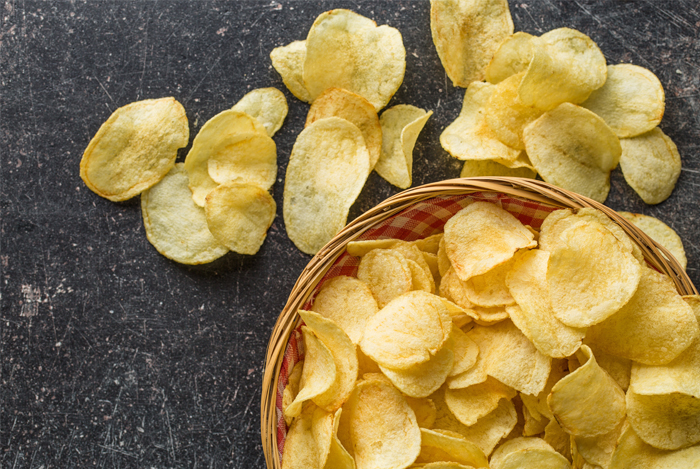
Low-fat chips love to promise all the taste and half the calories. The problem here is that the flavor you crave comes from added salt and carbs.
Chips were already some of the saltiest foods imaginable – and they get saltier when you eat the low-fat variety.
For instance, Lay’s Light Original potato chips contain 18 percent more sodium and 13 percent more carbohydrates than the full-fat regular version.
While it’s true that no potato chips will actually help you lose weight, you can at least change it up a little. Try kale chips for that satisfying crunch without the high risk of a sugar-spike.
3. Salad Dressings
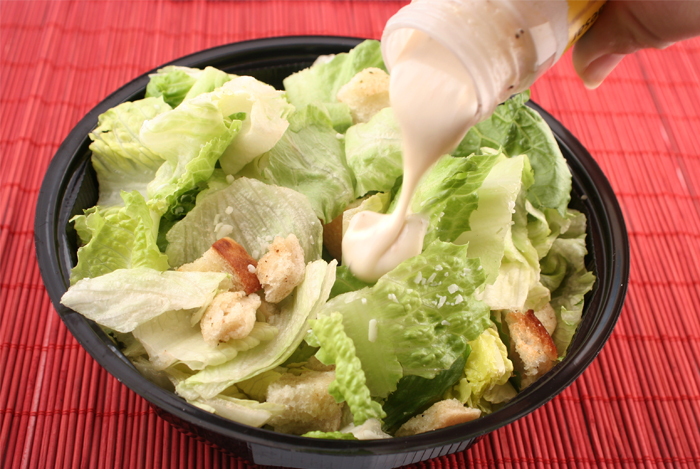
Fats help you absorb antioxidants from foods like leafy greens, tomatoes, and carrots. And some normal-fat salad dressings do this while making your salads taste better and improving their nutritional value – but that’s not the case with low-fat salad dressings.
Normal salad dressings are almost always high in fat, which helps your body absorb fat-soluble vitamins A, D, E, and K. But low-fat and fat-free salad dressings don’t contribute any health benefits to your salad. In fact, most contain added sugar and preservatives that the regular versions don’t have.
The healthiest salad dressings contain natural fats, like olive oil, which has been linked to benefits like heart health.
4. Ice Cream

People often read the back of a nutrition label and shriek in terror at the long list of unrecognizable scientific names that sound like they come from another planet. Normally, I write this off – there are thousands of natural, healthy nutrients out there to which scientists have simply given bizarre names.
But when it comes to low-fat ice cream, I’m a little more skeptical. If you read the ingredient list on the back of a Breyer’s Fat Free Strawberry Ice Cream, you’ll find more than three times the ingredients of its normal-fat version.
If you’re going to bite the ice cream bullet, just eat the regular stuff. Or try something better for you, like Greek yogurt. The healthy dietary fat in the yogurt will be satisfying without all the refined sugar and corn syrup found in ice cream.
5. Peanut Butter
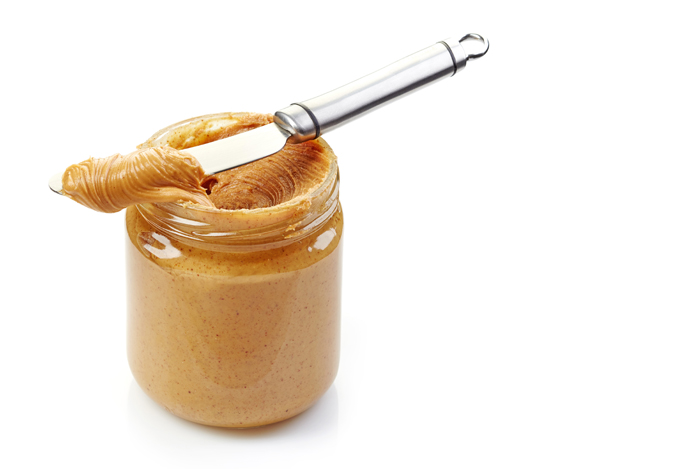 Almost everyone loves peanut butter. I even know some people who absolutely adore peanut butter, but won’t go near plain old peanuts.
Almost everyone loves peanut butter. I even know some people who absolutely adore peanut butter, but won’t go near plain old peanuts.
Many studies suggest that peanuts and peanut butter have some excellent health benefits for controlling appetite, body weight, heart health, and blood sugar. Many of these benefits are likely due to how high peanuts and peanut butter are in protein and monounsaturated fats like oleic acid.
But that’s not really true for low-fat peanut butter. The amount of sugar and high-fructose corn syrup added to low- or reduced-fat peanut butter makes it clearly unhealthy. Even the healthy monounsaturated fat is replaced by processed vegetable oils.
So please, stick to the regular stuff for your PB and Js.
6. Frozen Yogurt

When you stand in an ice cream parlor and see two choices, ice cream and frozen yogurt, you might choose the latter because you’re trying to be healthier. You know frozen yogurt has less fat than regular ice cream.
But frozen yogurt contains just as much sugar as ice cream, and sometimes more.
One serving of nonfat frozen yogurt contains 24 grams of sugar, compared to the 21 grams per serving of ice cream. And on top of that, frozen yogurt usually comes in far larger portion sizes.
Again, if you want something sweet, don’t try and cheat.
7. Cookies
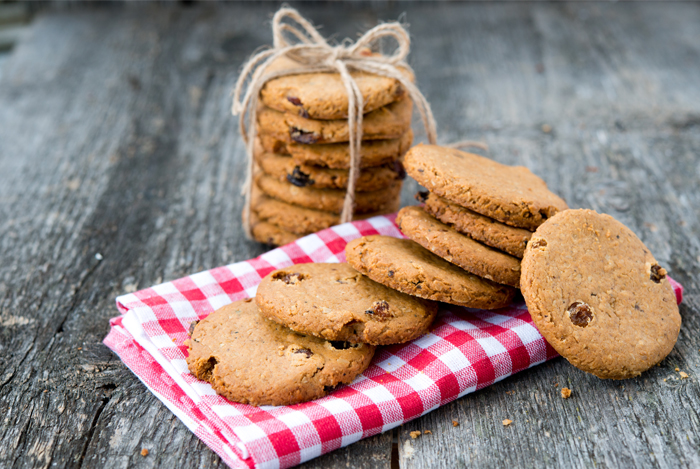
If you eat just one cookie every now and then, you won’t be gaining any belt sizes as a result. That’s why keeping the fat in your cookies may actually mean the difference between eating just one and eating the whole box.
When low-fat cookies reached the height of popularity in the 1990s, researchers found that they were nowhere near as satisfying as the originals, according to participants. They felt the need to eat many more than they ordinarily would.
And because the sugar content of these cookies was so high, they were damaging their bodies far more than they would if they’d just stuck to the real thing.
8. Cereal and Cereal Bars
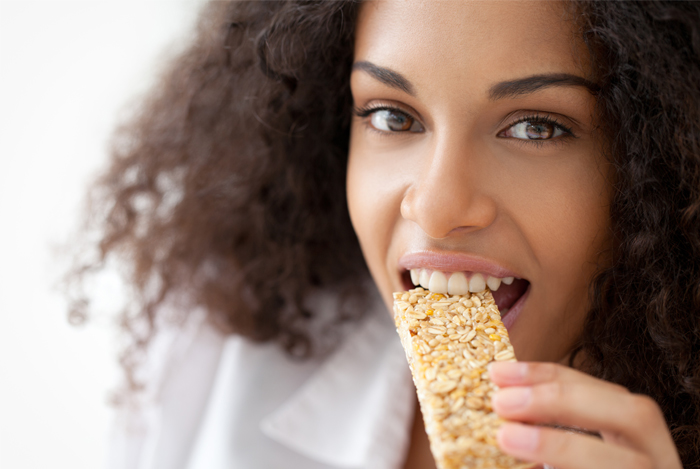
It’s no secret that most popular breakfast cereals are literally coated in sugar. In fact, sugar tends to be the second or third ingredient listed on most boxes.
A 2014 report by the Environmental Working Group found that breakfast cereals on average contained almost 25 percent sugar by weight. One half cup of low-fat granola contains 14 grams of sugar – which means 29 percent of its total calories are from sugar.
Cereal bars are just as bad, even though they’re often marketed towards athletes and people with active lifestyles.
The truth is, they’re full of sugar and contain a negligible amount of protein. One of the most popular low-fat cereal bars contains 1 gram of fiber, 2 grams of protein, but a ridiculous 13 grams of sugar.
9. Sandwich Spreads

Sandwich spreads like mayonnaise are a lot like ice cream. They just don’t make much sense without the fat.
So when you try and remove a large amount of the fat, you’re sacrificing much of what makes them desirable in the first place.
Low-fat mayonnaise contains less saturated fat and calories, yes, but it’s full of added sodium and chemical ingredients. There’s fewer healthy monounsaturated and polyunsaturated fats, with the dreaded trans fats in their places.
Trans fats are bad for you, plain and simple. And because they’re so commonly associated with low-fat sandwich spreads, you’d be wise to stay away from them.
The Best Way to Eat Fat-Free Products

Sure, these foods are terrible for you – but that isn’t to say that you should avoid all low-fat products.
You should always read the labels when you consider buying low-fat products. Be sure they aren’t heavily processed or full of additives. Also, try and find products that are lower in calories than their regular versions.
You should also watch your serving sizes. If it takes eating three servings of a low-fat food to feel as satisfied as you would from one serving of a regular food – see if you’re actually getting anything out of it. You may very well be consuming far more calories than you would otherwise.
In general, you should eat more vegetables, fruits, legumes, and whole grains. Not only will you receive far more nutrients on a regular basis, you’ll also feel fuller and eat fewer calories. These foods are also naturally low in fat: a baked potato will always be better for you than baked potato chips.
And as always, keep everything in moderation. Some low-fat products might not do much harm if you control your portions. But you might as well do the same thing with the regular versions of your favorite products as part of your well-balanced diet.
Do you try to buy low-fat foods, or do you buy the regular versions instead?
Let me know in the comments below!
The post 9 Low-Fat Foods That Are Actually Terrible Your Health appeared first on Nutrition Secrets.
http://www.nutritionsecrets.com/9-low-fat-foods-that-are-actually-terrible-your-health/
No comments:
Post a Comment